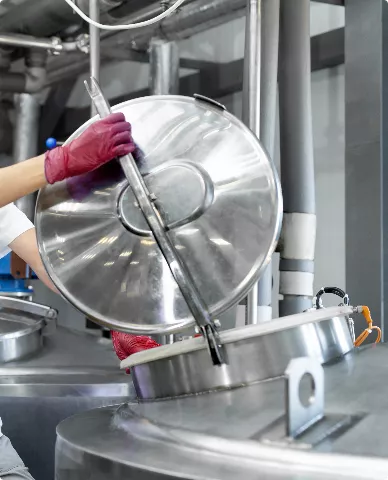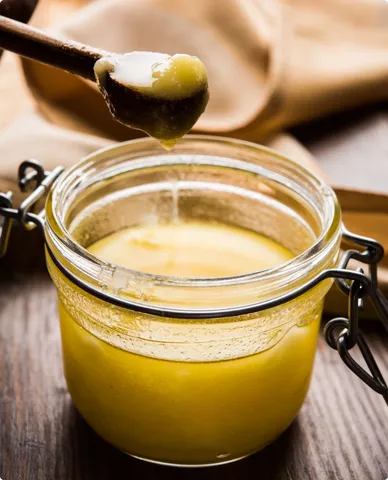Meat and bone meal
Meat and bone meal (MBM) is a product derived from Category 1 and Category 2 animal by-products. The main component is the meat and bone residue that remains after the slaughter and processing of animals.
A product derived from Category 1 and Category 2 animal by-products. This material is commonly used in various industrial applications. The process involves cooking, grinding and drying the animal tissues to create a fine and homogeneous meal. Rendering transforms otherwise unusable materials into nutritious meal with many applications. In this way, MBM contributes to the efficient use of raw materials and promotes sustainability.
Animal by-product categories for the production of MBM
Animal by-products used for the production of MBM are classified into 2 main categories based on the risk level:
-
Category 1: High-risk materials
-
Category 2: Medium-risk materials
Production process
There are several steps in the production of MBM:
-
Collection: Animal by-products such as bones, viscera and meat trimmings are collected from a variety of sources.
-
Grinding: The raw materials are ground into smaller pieces to enable effective heat treatment.
-
Heat treatment: The ground material is rendered at high temperatures to remove moisture and eliminate pathogens. (At this stage, fat is also separated from the protein and bone components.)
-
Pressing and centrifuging: The cooked material is pressed to remove excess fat, which is then separated by centrifugation.
-
Drying: The remaining solid material is dried to reduce the moisture content, resulting in a stable product with a long shelf life.
-
Grinding: The dried material is ground into a fine flour, which is then packaged for various uses.
Meat and bone meal applications
-
Soil improvement: MBM is rich in nitrogen, phosphorus and calcium, making it an effective organic fertilizer that improves soil fertility and encourages plant growth.
-
Biogas production: Biogas is then usually used to produce electricity and heat, or as fuel for vehicles with modified natural gas engines.
Note: The use of meat and bone meal depends on the category (1, 2 or 3) and is specified by European legislation, which defines exactly what meat and bone meal from different categories can be used for and strictly prohibits its use where it could pose a risk to public health.
Nutritional composition
The nutritional value of MBM is characterized by the high protein and mineral content. The typical composition includes:
-
Protein: 48–52%
-
Ash: 33–35%
-
Fat: 8–12%
-
Moisture: 4–7%



